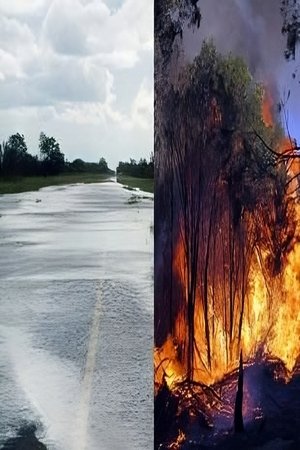
Botanist Francis Hallé Explains...(2013)
14-part special in which botanist Francis Hallé explains forest science and processes. Part of the "Once Upon a Forest" physical release.
Movie: Botanist Francis Hallé Explains...

Botanist Francis Hallé Explains...
HomePage
Overview
14-part special in which botanist Francis Hallé explains forest science and processes. Part of the "Once Upon a Forest" physical release.
Release Date
2013-09-28
Average
0
Rating:
0.0 startsTagline
Genres
Languages:
FrançaisKeywords
Similar Movies
 7.0
7.0Blue Gold: World Water Wars(en)
Wars of the future will be fought over water as they are over oil today, as the source of human survival enters the global marketplace and political arena. Corporate giants, private investors, and corrupt governments vie for control of our dwindling supply, prompting protests, lawsuits, and revolutions from citizens fighting for the right to survive.
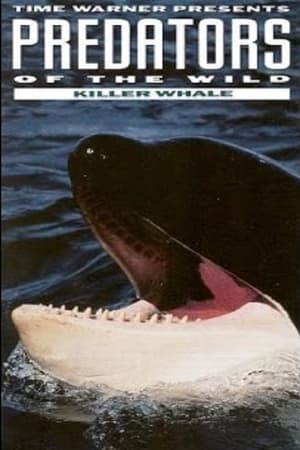 0.0
0.0Predators of the Wild: Killer Whale(en)
This video examines the killer whale, one of nature's greatest predators. It is part of a multi-volume Time Warner series that markets the ferocious, killing aspects of various wild animals.
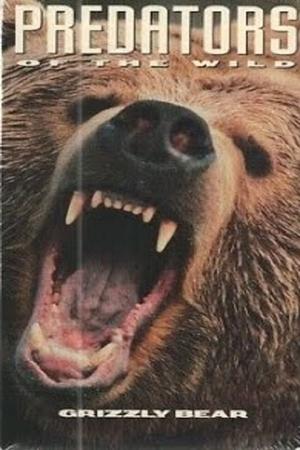 0.0
0.0Predators of the Wild: Grizzly Bear(en)
This video examines the grizzly bear, one of nature's greatest predators. It is part of a multi-volume Time Warner series that markets the ferocious, killing aspects of various wild animals.
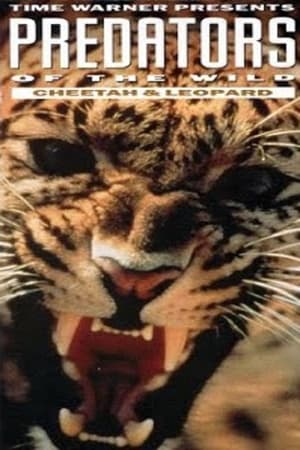 0.0
0.0Predators of the Wild: Cheetah and Leopard(en)
Cheetah and Leopard... no animal can match the intensity of their power and grace. On the horizon, the next victim draws near, crouched in the grass, senses honed, an explosive rush, claws extend and then the final clamp of fangs in a jugular embrace. Discover what separates these predators from all others. The cheetah, the ultimate tactician, single minded in its abandon for the lightning-fast gazelle. And the leopard, an invincible opportunist lying in wait for the unwary. Both driven by pure instinct and the constant pressure to kill.
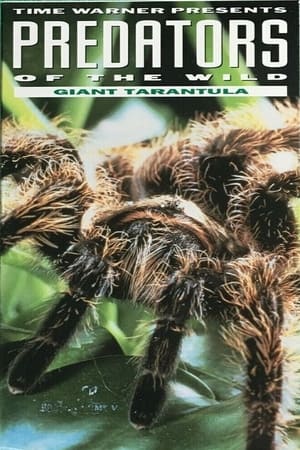 0.0
0.0Predators of the Wild: Giant Tarantula(en)
The secrets of the maligned and misunderstood tarantula are brought to light in the Discovery Channel's Predators of the Wild series portrait of the Giant Tarantula. The film presents an intimate look at the largest and most venomous spider species in the world. Shot on location, viewers observe the tarantula close-up as it waits in its 3-foot burrow until its prey of insects, frogs, snakes, birds and rodents come along. Footage also captures the tarantula's deadly mating ritual.
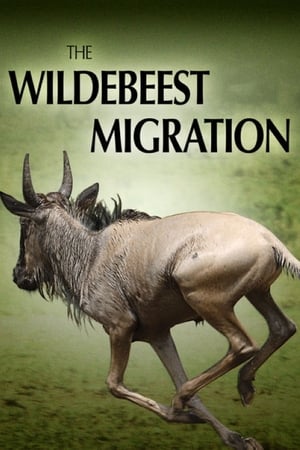 10.0
10.0The Wildebeest Migration: Nature's Greatest Journey(en)
Every year, on the steppes of the Serengeti, the most spectacular migration of animals on our planet: Around two million wildebeest, Burchell's zebra and Thomson's gazelles begin their tour of nearly 2,000 miles across the almost treeless savannah. For the first time, a documentary captures stunning footage in the midst of this demanding journey. The documentary starts at the beginning of the year, when more than two million animals gather in the shadow of the volcanoes on the southern edge of the Serengeti in order to birth their offspring. In just two weeks, the animal herd's population has increased by one third, and after only two days, the calves can already run as fast as the adults The young wildebeest in this phase of their life are the most vulnerable to attacks by lions, cheetahs, leopards or hyenas. The film then follows the survivors of these attacks through the next three months on their incredible journey, a trip so long that 200,000 wildebeest will not reach the end.
 0.0
0.0Beary Tales(en)
Two orphaned bear cubs would’ve been destined to starve – if a man had not adopted them. The film shows the twins’ life with their new "mother", from their first steps to becoming cheeky teenagers.
 7.3
7.3Ashes and Snow(en)
Ashes and Snow, a film by Gregory Colbert, uses both still and movie cameras to explore extraordinary interactions between humans and animals. The 60-minute feature is a poetic narrative rather than a documentary. It aims to lift the natural and artificial barriers between humans and other species, dissolving the distance that exists between them.
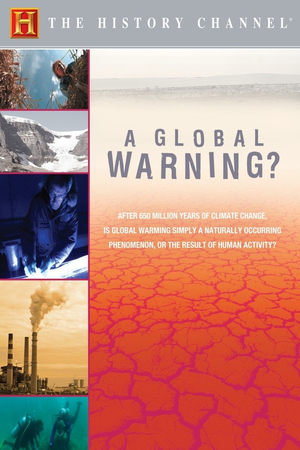 4.0
4.0A Global Warning?(en)
Global warming in context. What the climate of the past tells us about the climate of the future.
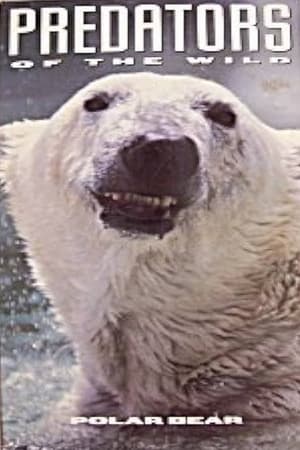 0.0
0.0Predators of the Wild: Polar Bear(en)
Polar bear… immensely powerful, ferociously cunning, lethally equipped for devastating exploitation of its frozen realm. Legendary for its endurance, hunting prowess and awesome strength, it is the largest and most formidable land predator of the planet’s most brutally unforgiving environment. Venture into the trackless Arctic wastes to witness the uncanny survival strategies developed by this magnificent creature – tactics honed to a killing edge during 250,000 years of adaptation to its icy kingdom. See why the largest of these fearsome bears, weighing more than two full-grown lions, stands as the undisputed predatory monarch of a pristine, unconquered land where man still ventures at his peril.
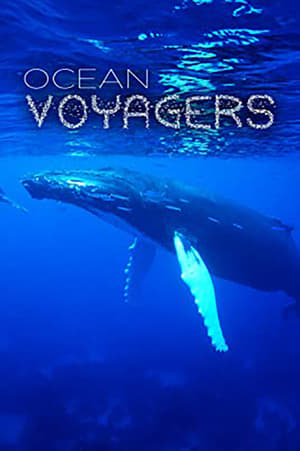 7.0
7.0Ocean Voyagers(en)
Ocean Voyagers explores the familiar themes of motherhood and parenting in a world as unfamiliar as it is breathtaking. Featuring a precocious newborn humpback calf and his enormous 40 ton mother, we are taken on a journey of discovery into their world.
 7.5
7.5Chronos(en)
Carefully picked scenes of nature and civilization are viewed at high speed using time-lapse cinematography in an effort to demonstrate the history of various regions.
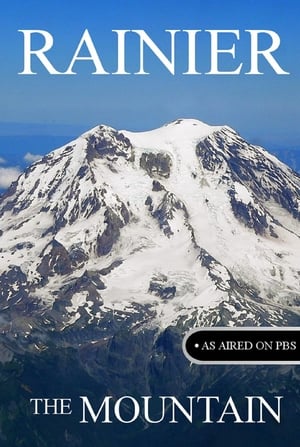 0.0
0.0Rainier the Mountain(en)
In this retrospective tribute, acclaimed filmmaker Jean Walkinshaw hails the 100th anniversary of Mount Rainier National Park in Washington by talking to those who know it best: the scientists, naturalists, mountain climbers and artists whose lives have been touched by the peak's far-reaching shadow. The result is a harmonious blend of archival material and high-definition footage celebrating an icon of the Pacific Northwest.
Capturing the Killer Croc(en)
Over a 10-year period, more than 200 people have disappeared from the area surrounding Tanzania's Lake Tanganyika. At first, the disappearances were attributed to a serial killer or tribal warfare, but scientists eventually discovered that the culprit was a huge, nearly 100-year-old crocodile dubbed "Gustave." This fascinating PBS documentary chronicles scientists' efforts to trap Gustave and move him to a nature preserve before he strikes again.
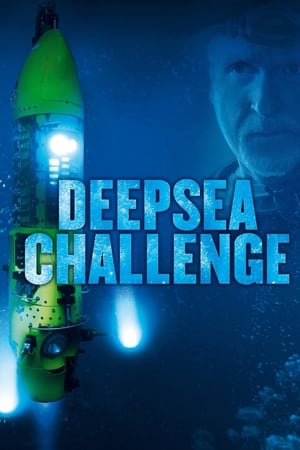 6.6
6.6Deepsea Challenge 3D(en)
Described as being a film about determination, danger and the ocean’s greatest depths, James Cameron's "Deepsea Challenge 3D" tells the story of Cameron’s journey to fulfill his boyhood dream of becoming an explorer. The movie offers a unique insight into Cameron's world as he makes that dream reality – and makes history – by becoming the first person to travel solo to the deepest point on the planet.
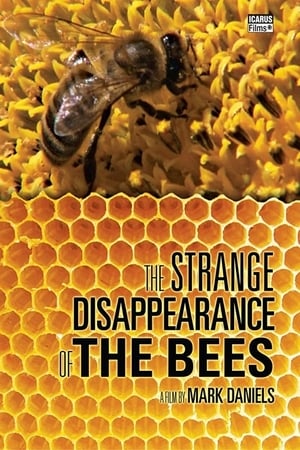 4.2
4.2The Strange Disappearance of the Bees(fr)
Investigation into a global ecological disaster that could endanger the entire human race. Today, a third of our food depends directly on bees, the most important agricultural pollinator* on our planet. Yet, for several years now, millions of bees have been mysteriously disappearing. Why? Will we be able to cope with this predicted catastrophe?
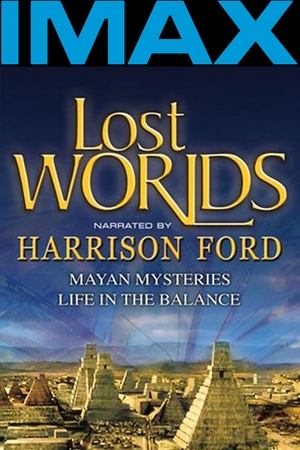 5.0
5.0Lost Worlds: Life in the Balance(en)
Lost Worlds looks at untouched aspects of nature in parts of the world where humans rarely tread. From plants, to animals, to geology, this artfully photographed documentary presents facets of the biological world that you are not likely to see anywhere else.

